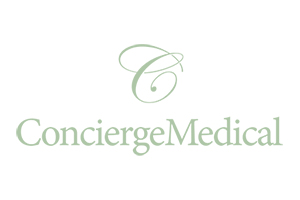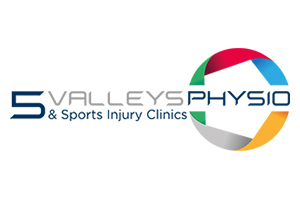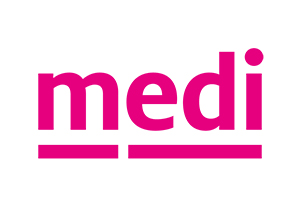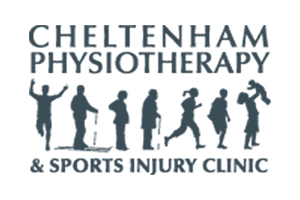The glenohumeral joint (GHJ) is the joint between the head of the upper arm bone and the shoulder blade. It is frequently affected by arthritis.
There are different types of arthritis that affect the shoulder. Osteoarthritis is the most common form of shoulder arthritis, however in some patients, rheumatoid arthritis or other inflammatory arthritis may be the cause of symptoms.
Osteoarthritis is a condition that arises from the cartilage surfaces rubbing together in such a way that causes the cartilage to deteriorate. This deterioration happens over time and may initiate from a previous shoulder injury, overuse or for no reason other than age.
Deterioration of the joint following an injury may be due to one of the bones or tendons healing in an incorrect position. Even the slightest difference in position may cause the joint to move in a different way, causing the cartilage surfaces to rub and gradually wear down.
Rheumatoid arthritis is an inflammatory condition that affects the lining of the joints and over time this can destroy the cartilage.
The main symptom of arthritis is pain. Depending on which joint is affected, pain may be felt in either the front or back of the shoulder. Stiffness may also be experienced along with a grating or grinding sensation with movement.
In some cases, inflammation may occur from loose bodies in the joint. These loose bodies may be cartilage that has broken away from the joint surface due to deterioration.
Symptoms tend to worsen as the condition progresses.
Treatment depends on the severity and progression of the condition. Should non-surgical treatment be ineffective, surgical options may be discussed.
Non-Surgical
Non-Surgical treatment may involve physiotherapy, rest, medication or injections. Physiotherapy is used to help strengthen the shoulder muscles. This can help with movement and decrease stiffness. Medications can help reduce pain and inflammation and may be used in conjunction with a physiotherapy strengthening program. Cortisone injections may also help to reduce inflammation and control pain. However, the effect of the steroid injection is usually only temporary, often lasting several months.
Surgical
If non-surgical treatment does not offer long term relief, surgical options may be discussed with Mr Peter. There are different surgical options depending on the severity of arthritis in the joint.
The surgical treatment offered for severe arthritis in the glenohumeral joint often takes the form of a shoulder replacement. This surgery replaces the entire joint with a prosthesis. In some cases, a hemiarthroplasty may be suitable instead of an entire shoulder replacement. This procedure involves only the head of the upper arm bone being replaced.
Recovery time depends on the operation and whether any prosthesis was used. A physiotherapy program is the starting point following any shoulder procedure and a physiotherapist will consult Mr Peter’s shoulder surgery patients in hospital prior to discharge.
There are risks involved in all surgeries and these risks will be discussed in consultation prior to any surgical treatment.







